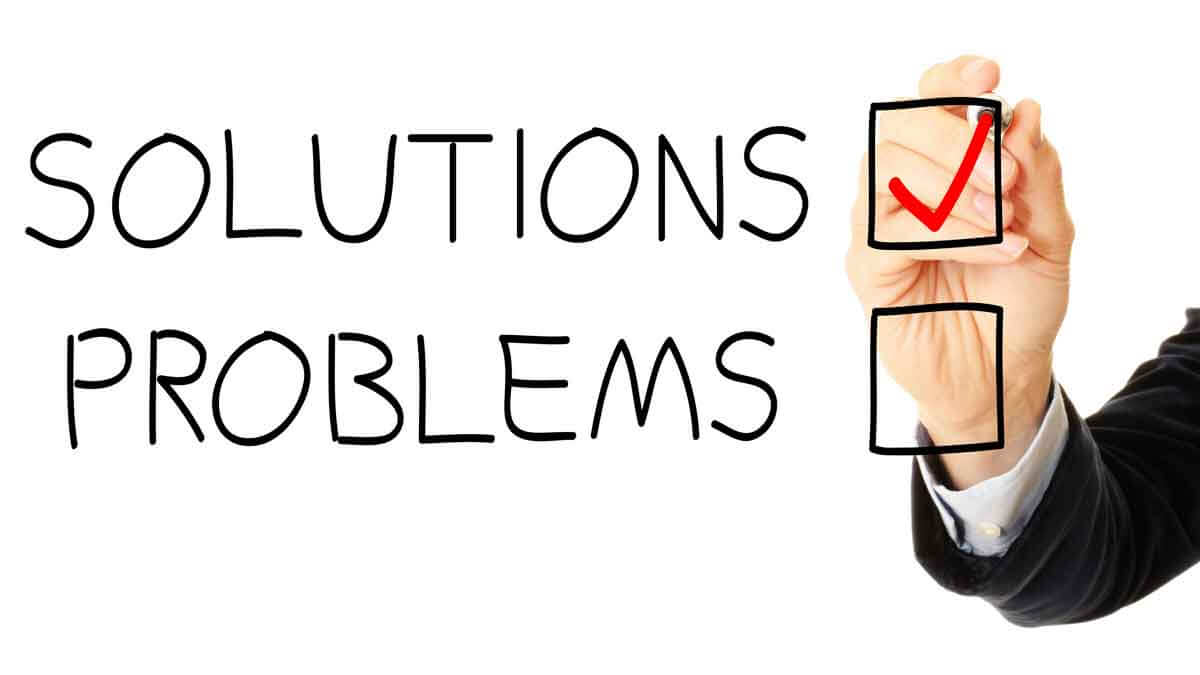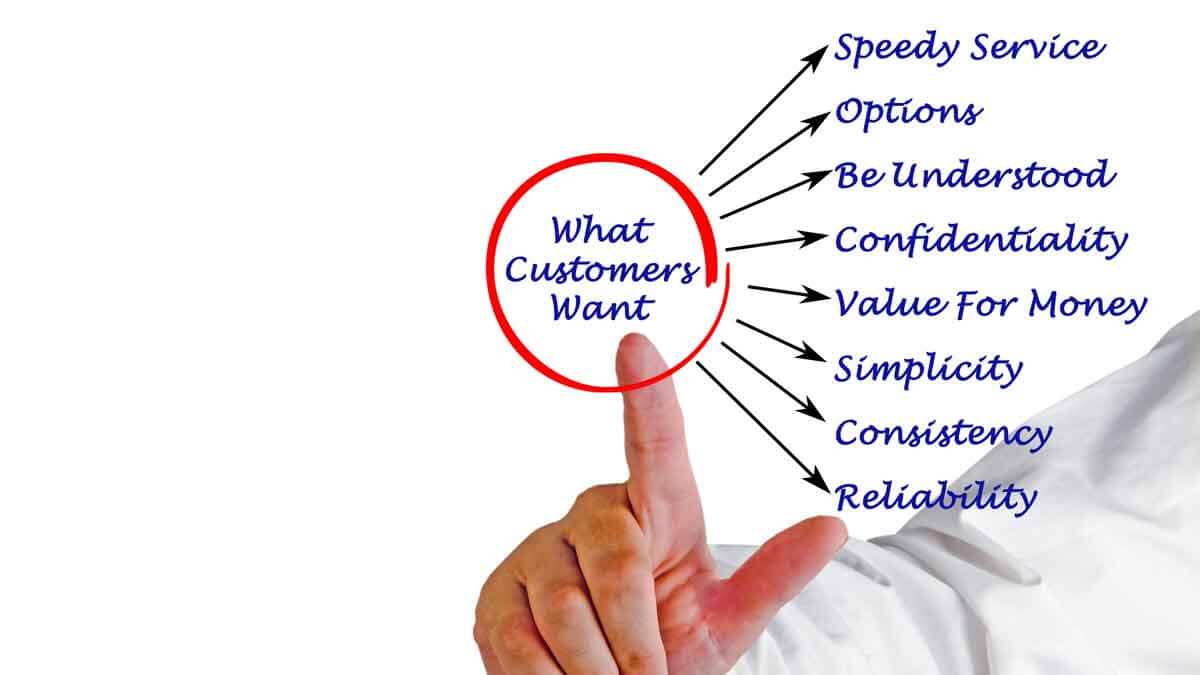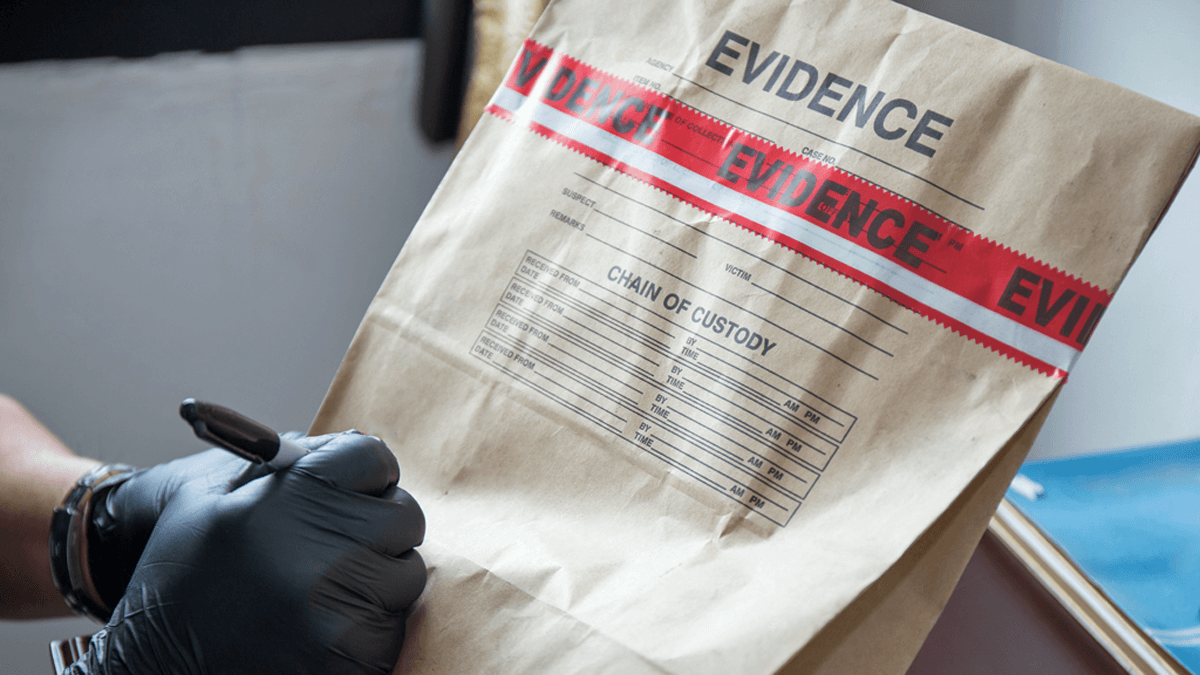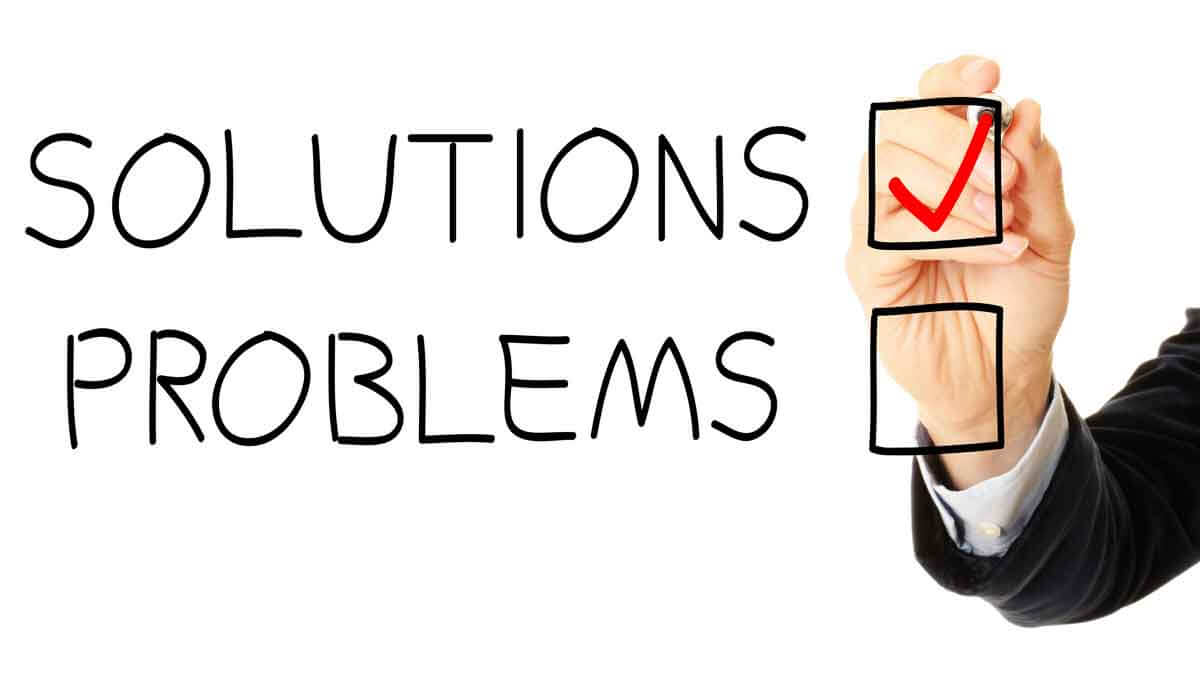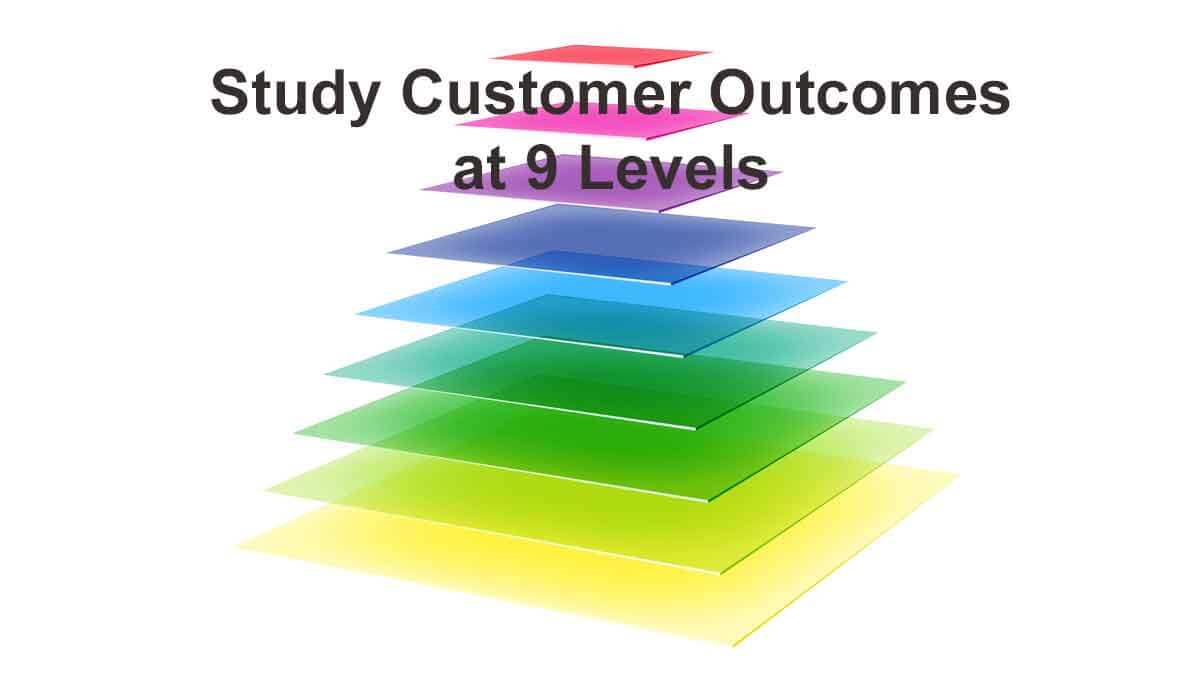Customers own “outcome” space. You own “solution” space. Don’t let them into your space… unless you want to become a contract manufacturer. Instead, enter their space to understand desired outcomes better than competitors. This lets you deliver unique value in your solutions, which is handsomely rewarded though premium pricing. The best way to do this? Use qualitative and quantitative interviews.
More in the video, Reinventing VOC for B2B
All growth-oriented innovation starts with customer outcomes. This is what customers want to have happen, with no understanding yet of how it will happen. Nothing a company does can achieve profitable, sustainable growth unless customer value is created… which comes only by improving these outcomes. Want to improve your new product success? Understand your customers’ outcomes in incredible detail.
More in 2-minute video at 22. Immerse your team in customer outcomes
Your company’s only path to profitable, sustainable, organic growth is understanding and improving customers’ important, unmet outcomes. Today this “understanding” is your best competitive advantage, simply because most B2B suppliers have far less customer insight than they could.
More in 2-minute video at 8. Rethink your major initiatives
Great value propositions begin and end with customer outcomes. It’s like collecting specimens, sliding them under your microscope, and continuing to turn up the magnification. The careful researcher doesn’t have to agonize over the right value proposition. It comes into increasing focus, waving its arms and screaming to be addressed.
More in white paper, www.b2btimingiseverything.com (page 9)
Unlike many B2C benefits, e.g. amusement, comfort, and self-esteem, B2B customer benefits are usually measurable, economic and—wait for it now—predictable. This predictability means B2B suppliers who study customer outcomes, like a science, will be handsomely rewarded. B2B customers will eagerly help you… if you know how to ask them.
More in white paper, www.guessingatcustomerneeds.com
If your new product development process starts with your ideas—instead of B2B customers’ desired outcomes—your new product may be an answer to the wrong question(s). You’ll likely a) miss important customer outcomes, or b) misinterpret the importance of the customer outcomes you have identified.
More in white paper, www.guessingatcustomerneeds.com
As explained by Tony Ulwick in What Customers Want, the term customer “needs” can be confusing. It’s best to separate what customers want into outcomes (their desired end-result, or the “what”) and solutions (your answer to their need, or the “how”). Keep your interview focused on their outcomes, not solutions. If they offer a solution, simply ask, “What would that do for you?” Poof: You’re back into outcome space where you want to be.
More in article, Discovery Interview Blunders that Frustrate Your Customers.
In our research, B2B professionals rated a strong value proposition as the #1 most important driver of profitable, sustainable organic growth. But what makes it strong? Certainly not the supplier’s opinion. A value proposition is only strong if it addresses outcome(s) important and unsatisfied to the customer. This is the part that most B2B new-product teams bungle. They guess, hope, or hypothesize which outcomes customers want. Big mistake. Without unbiased, unfiltered data, most teams are led astray by their confirmation bias.
More in video, Leader’s Guide to B2B Organic Growth series, Video Lesson #19
Exhibit A is an attractive market and Exhibit B is a documented need within this market. Most companies do OK with Exhibit A… identifying a market segment that is winnable and worth winning. But most are terrible at Exhibit B. This is being sure of which customer outcomes (desired end-results) companies will be rewarded for satisfying with a new product. Increasingly, companies are using Market Satisfaction Gaps to do this. (See 12 case stories)
More in white paper, Market Satisfaction Gaps
In both cases models are used to predict future behavior. Barometric pressure and other data are the “raw material” for weather models. For you, it’s quantitatively measuring key customer outcomes in the front-end of innovation. Your model lets you replicate the customer experience… so you can know with confidence how they’ll react to any of your product designs.
More in article, How to model customer needs (Originally published in B2B Organic Growth newsletter).
Customers own “outcome” space. You own “solution” space. Don’t let them into your space… unless you want to become a contract manufacturer. Instead, enter their space to understand desired outcomes better than competitors. This lets you deliver unique value in your solutions, which is handsomely rewarded though premium pricing.
More in article, Should You Develop New Products like Steve Jobs? (Originally published in B2B Organic Growth newsletter).
All growth-oriented innovation starts with customer outcomes. This is what customers want to have happen, with no understanding yet of how it will happen. Nothing a company does can achieve profitable, sustainable growth unless customer value is created… which comes only by improving these outcomes.
More in white paper, Catch the Innovation Wave (page 8).
You begin by uncovering, understanding, defining and setting outcomes’ direction… and end by quantifying their value. Skipping just one level dramatically decreases your odds of a highly-profitable new product. Do you know how many levels are baked into your new product development process? If you don’t, it’s less than nine.
More in article, The Science behind Great Value Propositions (Originally published in B2B Organic Growth newsletter).
Your company’s only path to profitable, sustainable, organic growth is understanding and improving customers’ important, unmet outcomes. Today this “understanding” is your best competitive advantage, simply because most B2B suppliers have far less customer insight than they could.
More in white paper, Timing is Everything (page 3).

